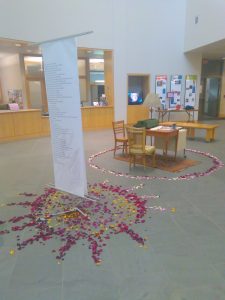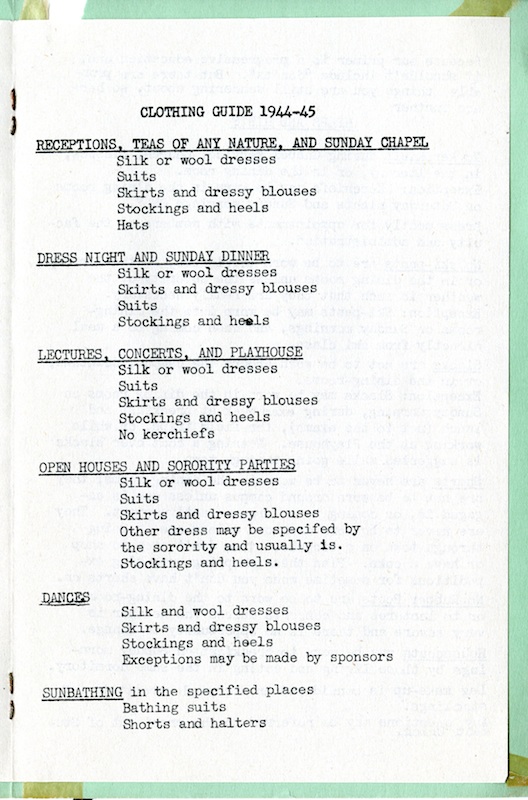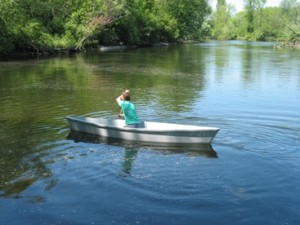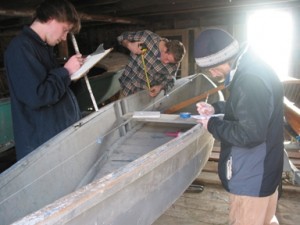If you visit the Davis Family Library atrium between now and Sunday, May 21st, you will see a very special display on the main floor, and continued in the glass display case on the Upper Level. Here’s what it’s about:

Middlebury student Miguel Castillo renders an artistic tribute to his mother with this interactive display.
Name: Miguel A. Castillo
Year: Junior/third-year
Major: Dance/Theatre
Hometown: Caracas, Venezuela
Collaborators: Aida Rodríguez [Tata], Andrew Pester, my family
Thanks Yous/Acknowledgements: Joseph Watson, Danielle Rougeau, Kim Gurney, Katrina Spencer, Deborah Leedy, Katrina Moore, Angela Valenzuela, Gabriel Ferreras, Emina Mahmuljin, Cathy Collins, Hedya Klein, Milo Stanley, Eliza Renner, Nando Sandoval, Ximena Mejia, Wonnacott Commons, International Student Organization, and everyone else that said yes to this.
So what is this that you’ve set up on the main and upper levels of the Davis Family Library?

Part of the display on the upper level of Davis Family Library
It’s a three-part art installation that explores nostalgia, loss, and memory. This past year has been hard for me. On March 30th, 2016, my mother was diagnosed with brain cancer. On June 12th, 2016, she passed away under a bright blue sky. Dealing with her physical absence has been a journey, a messy one. I compare this process to dropping a stone in the ocean water. A stone that falls in water makes ripples; at first they are small, intense and constant. With time, they become more spaced out but larger. They are all the result of the same stone. This art installation has been an opportunity to collect my feelings about what is going on– a space to bring out what cries and laughs inside. My grandmother, my mom’s mom, came to live with me for a month, so I thought that having an artistic project to collaborate on would give us the opportunity to deal with something that is hard for us both, and this is what we came up with.
How are library patrons supposed to interact with it?
I hope people come to see it and check out all the parts. There is a typewriter, some postcards, envelopes and stamps. My hope is that people use them to write with an open heart to whomever comes to their minds. Maybe they’ll write one and send it to a random address. Mother’s Day is coming up soon. I hope that people can reflect on the ephemerality of life. Live fully not because one will die but because one is alive. Life is a fleeting moment and, as my mother said, “No hay tiempo para pendejadas” (“There’s no time for bullsh*t”.)
What do you hope the community will gain from the display?
I hope people stop for a second, breathe, and keep going feeling even more human.















You must be logged in to post a comment.